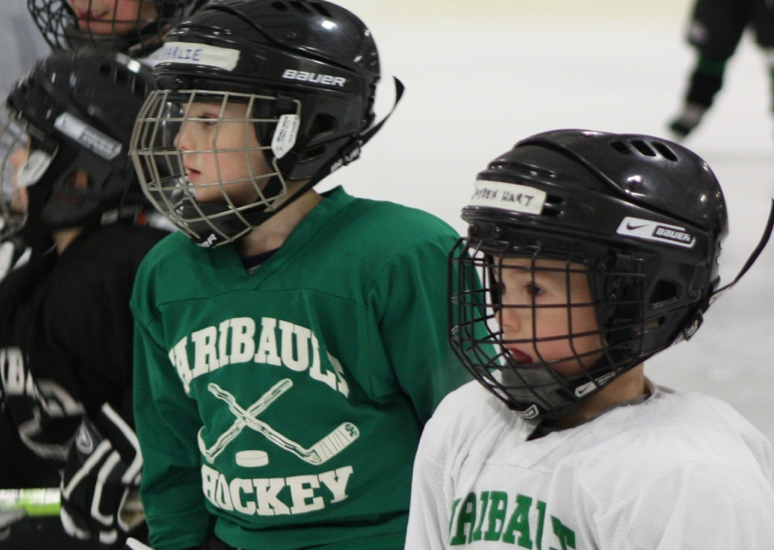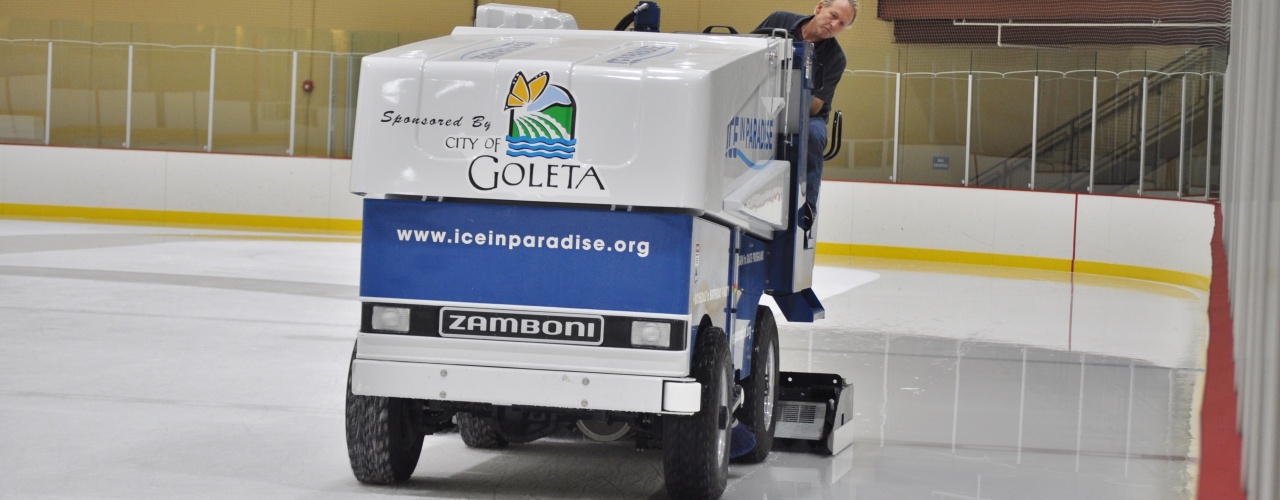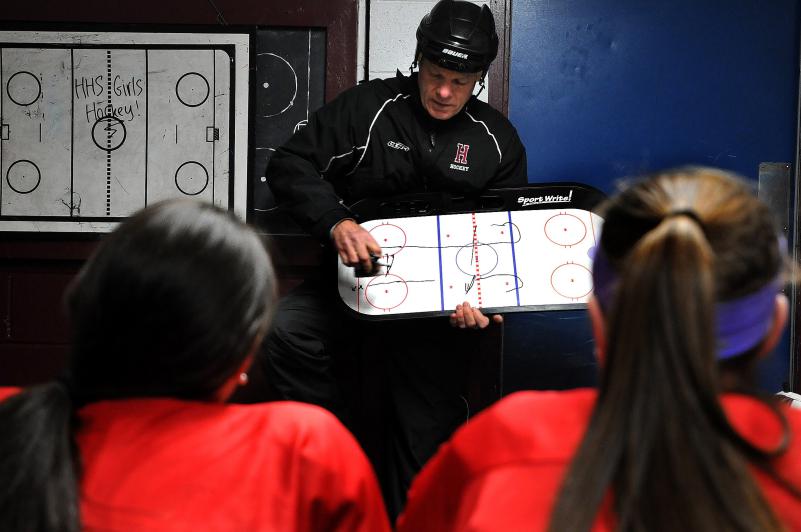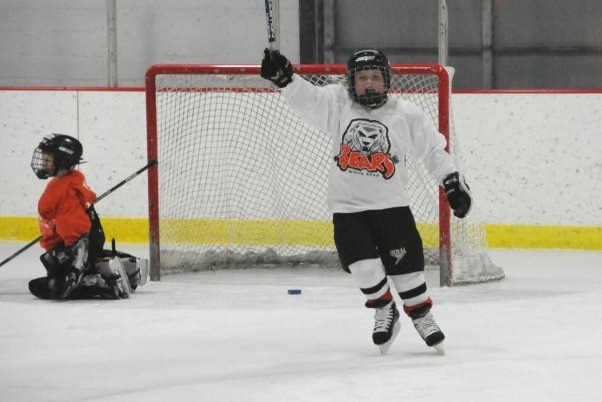

ADM brings change and hope in southern Minnesota.



Jack Norqual makes California dream come true


TRIA's 4 things coaches must know prior to an emergency


High school tryouts don't have to be the end of the line


Hockey passion is fueled by fun, not force